1. What services do these assistance programs provide?
From distribution centers to personal pantries, assistance programs provide a range of services to support individuals and families in need. Below are some common services usually provided to cater to various preferences and requirements.
- Wide Range of Distribution Centers.
- Types of Food Provided.
- Assistance Beyond Food.
- In-Person Pantries & Self-Selection.
Wide Range of Distribution Centers: These programs operate from various locations—churches, charity organizations, social service offices, and more. While churches often have onsite pantries, esteemed organizations like the Salvation Army or Catholic Charities run distribution centers for the underprivileged.
Types of Food Provided: Beneficiaries can expect a diverse range of items. Fresh produce, bread, baby formula, frozen food, canned goods, and specialty items tailored for children and seniors are commonly available. It's noteworthy that while some shelf-stable food products might be past their expiration dates, they are inspected for safety and remain consumable.
Assistance Beyond Food: Many programs extend their support to non-food essentials. Beneficiaries might find personal hygiene items, household cleaning supplies, and festive meals during occasions like Christmas and Thanksgiving. For specific offerings, individuals are encouraged to directly communicate with their chosen distribution center.
In-Person Pantries & Self-Selection: Certain centers, endorsed by entities like Feeding America, allow individuals to personally select items, providing a semblance of a regular shopping experience. This model promotes dignity and reduces food wastage.
Moreover, in response to the evolving needs of beneficiaries, many programs are embracing technological solutions. With the rise of smartphone usage, certain programs have initiated mobile pantry alerts and apps, enabling beneficiaries to receive timely notifications about food distributions nearby.
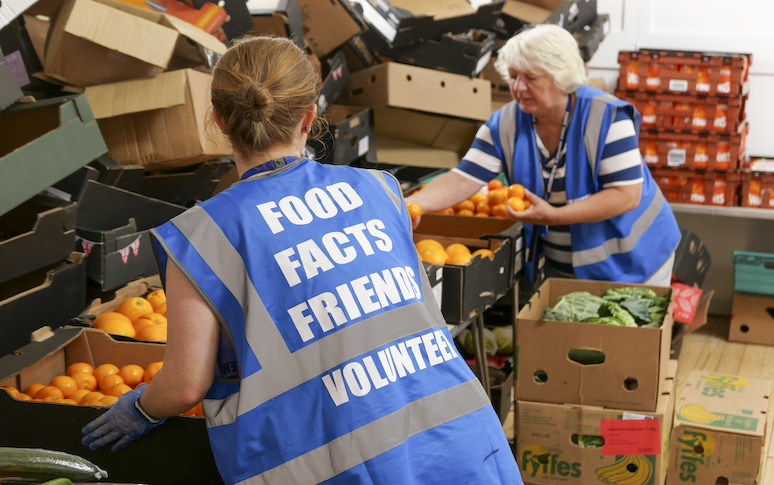
2. Where can I locate a nearby food bank or pantry?
For starters, national databases, often managed by large organizations, offer zip code-based search functionalities. Just inputting a location can generate a list of nearby pantries and food banks. Many of these databases also offer filters for special requirements, such as those catering specifically to children or the elderly.
Community boards, typically found in local libraries, post offices, and community centers, frequently post information about local food aid resources. These boards are particularly useful for those less tech-savvy or without immediate internet access.
For individuals with children, schools are excellent resources. Many schools, especially in lower-income areas, collaborate directly with food programs, ensuring students and their families receive the nutrition they require.
Furthermore, health clinics, particularly those that serve low-income patients, often maintain lists of nearby resources. These clinics recognize the link between health and nutrition and are proactive in directing patients towards necessary aid.
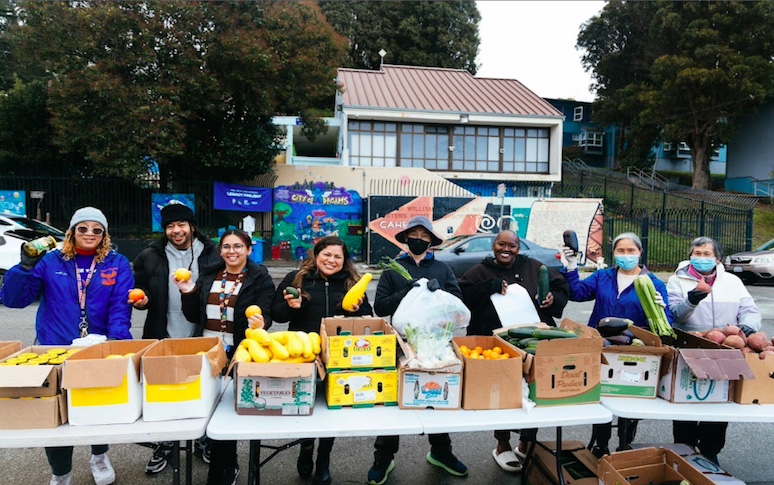
3. How do I apply for assistance?
Navigating the application process can seem daunting, but with the right information, it becomes manageable. Begin by reaching out to the chosen center.
Identification: Whether it's a driver's license, state ID, or passport, a valid identification is necessary.
Proof of Residence: This could range from utility bills, rental agreements, or any official document with your current address.
Income Documentation: Pay stubs, unemployment documentation, or tax returns can verify income. This helps programs ensure aid is directed to those most in need.
Additional Documents: Some centers might require further information, such as the number of household members, to determine the extent of aid required.
It's pivotal to remember that these programs are here to assist. If any part of the application process seems overwhelming, most centers have staff or volunteers ready to help guide applicants.
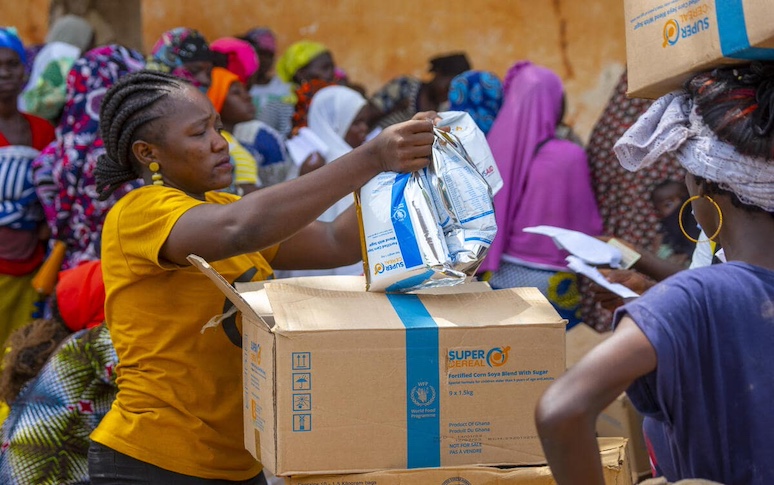
4. What's unique about client-choice pantries?
Client-choice pantries are a remarkable evolution in the world of food assistance. Unlike traditional food banks that pre-packed boxes, client-choice pantries empower beneficiaries by allowing them to choose their preferred food items, mirroring a shopping experience. This approach provides a sense of agency and normalcy, mimicking the experience of shopping at a supermarket.
The approach also reduces waste. When beneficiaries choose their items, they're more likely to pick what they'll consume, ensuring food isn't discarded unnecessarily. Moreover, client-choice models often lead to improved nutritional outcomes. When beneficiaries select their items, they often prioritize fresh produce and healthier options, leading to a more balanced diet.
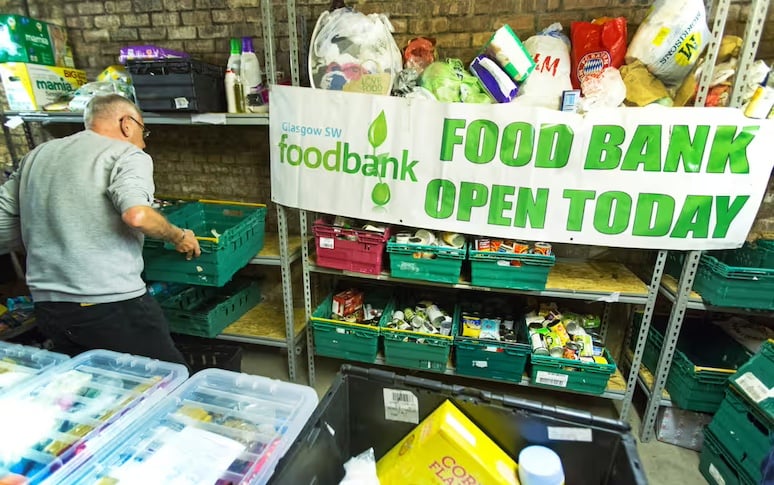
5. Beyond food: what other aids can I access?
Food assistance programs often act as springboards to a plethora of other services. Many beneficiaries discover resources for housing, education, and medical aid through these programs. More than these programs, community support is the lifeblood of these initiatives. Beyond financial donations, there's immense value in volunteering time, expertise, and even spreading awareness. Holding food drives, tutoring children who come to these centers, or simply helping with logistics are invaluable contributions. Local businesses can offer support by partnering with these programs, offering discounts, or running joint events. Such partnerships not only aid the beneficiaries but also foster community spirit.
Navigating through challenging times requires collective effort and compassion. Food assistance programs embody this spirit, ensuring everyone gets a fair shot at well-being. Whether you're someone in need or in a position to assist, remember that every bit counts. Together, we can create a community where hunger and despair are replaced with hope and sustenance.
Who powers these assistance programs?
Behind every food assistance program is a network of dedicated entities and individuals. National organizations, like Feeding America, provide overarching support, setting standards and offering resources. Local charities, churches, and community groups add granularity, tailoring programs to community-specific needs.
Governments, both local and federal, provide essential funding and resources. This collaboration ensures a vast reach, ensuring no individual or family is overlooked.
Private sector involvement is also pivotal. Many businesses, especially those in the food industry, regularly donate surplus items. Such contributions are invaluable, providing a diverse range of products to beneficiaries.
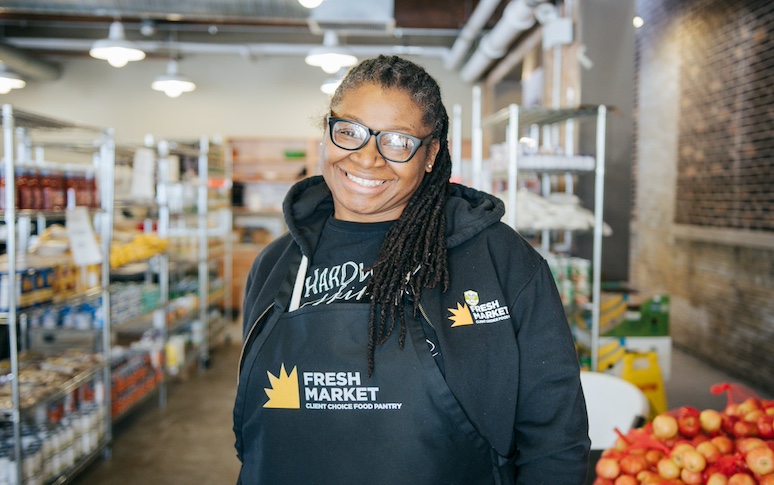
Was this page helpful? Give us a thumbs up!












